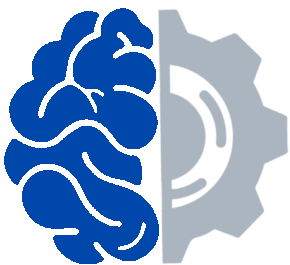As a human factors student, I usually encounter blank confusion when casually discussing work. In many technical disciplines it’s common to need an education to even begin to understand the basic ideas behind a field. This is why many engineering students, myself included, change majors. It’s difficult to tell if your interest in plasma should be directed to the physics department or mechanical engineering.
Simply: human factors (or ergonomics), is the design of things to fit people, physically and mentally. Most confusion over this occurs due to the lack of awareness. Engineers regularly design things but rarely do people consider that someone will have to use said thing. If you’ve ever wondered why something was so feature rich and still horribly unusable (usually about the point where said item is being defenestrated), we’re here to help.
A common misconception of our field is that we design office furniture. Admit it, you immediately thought of the ‘ergonomic’ buzzword you see splashed across every highly marketed item. While ergonomists certainly do help design these things, it’s far more common for their work to never truly be noticed. The better a design is, the less you think of it.

